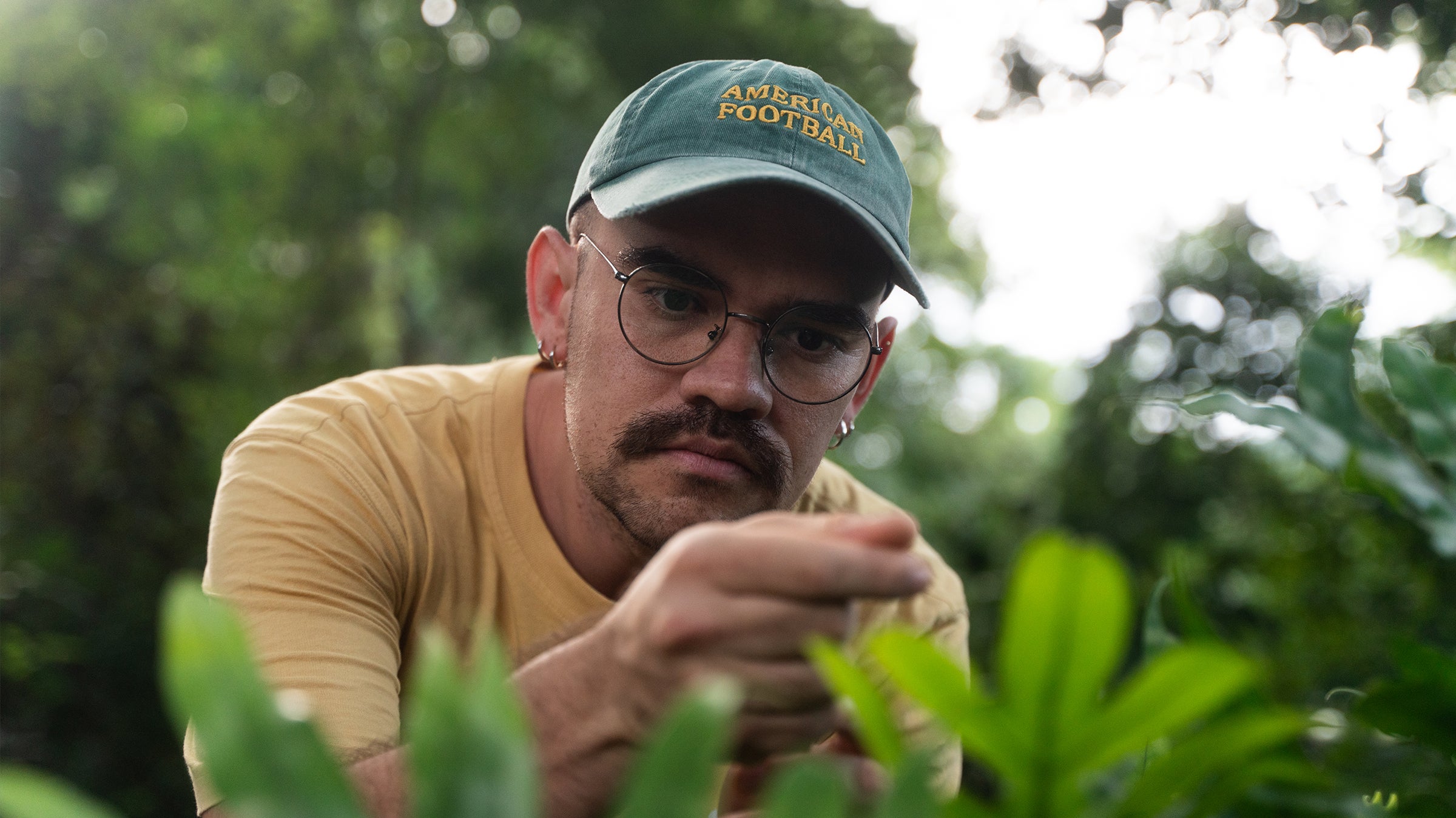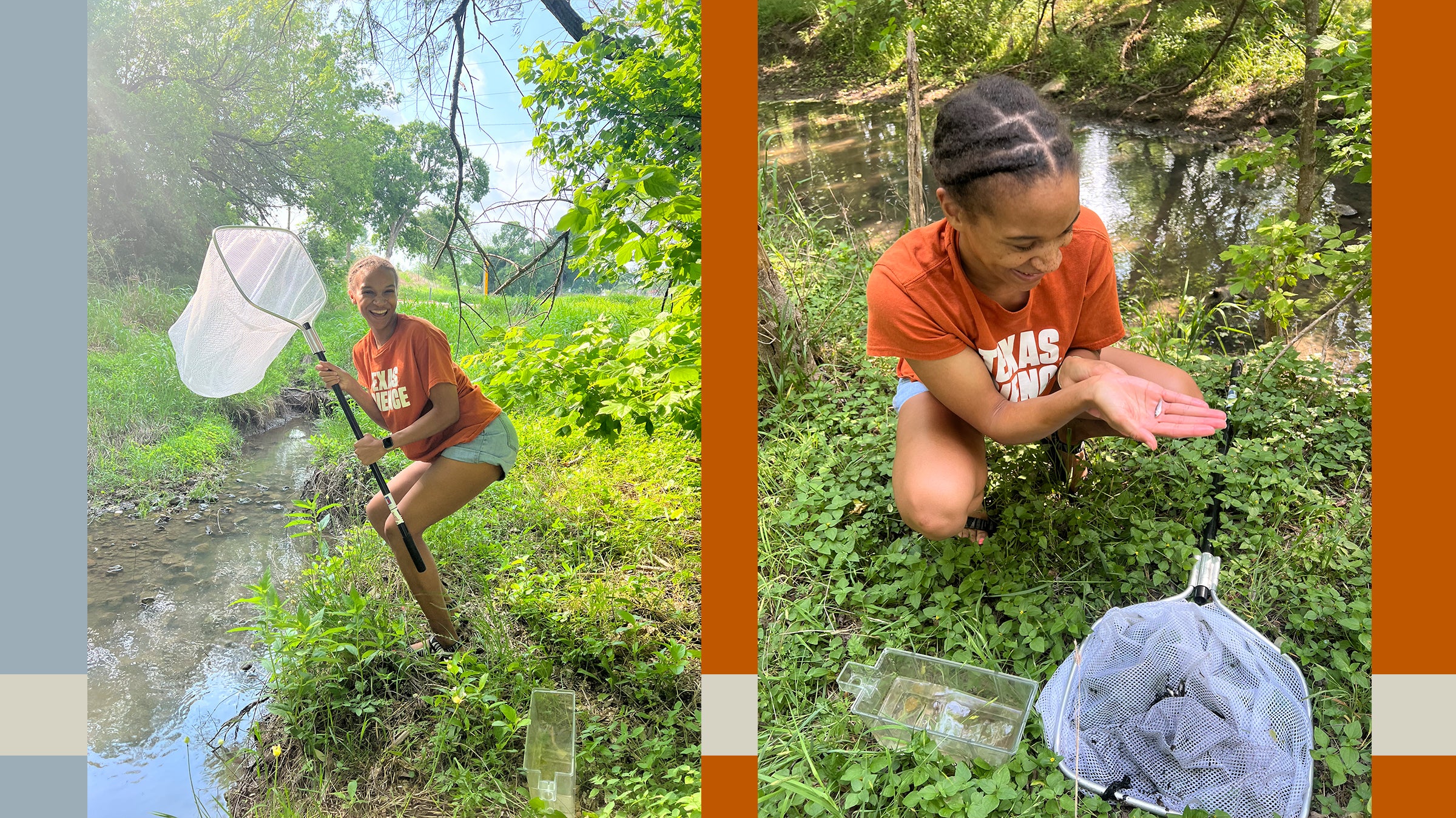News
Vulnerable Salamanders, Key to Healthy Ecosystems, a Focus in Two Studies
A pair of studies from UT Austin offer insights into these keystone species.

Extreme, Prolonged Drought Slashes Productivity of Grasslands, Shrublands
Research published in the journal Science on water-deprived plants involved Texas Field Station Network experts.

Texas Global
Kelly Zamudio Awarded Fulbright Distinguished Scholar Award
As a Fulbright U.S. Scholar, the professor of integrative biology is leading cutting-edge exploration alongside collaborators in Brazil.

So What Should We Call This – a Grue Jay?
The rare hybrid offspring of a blue jay and a green jay is likely a result of weather-related shifts in the range of two species.

Nearly Half of Latin American Frogs and Toads Are at Risk
A new study shows that nearly half of frog and toad species in Latin America may lose their habitat range by 2050.

Big Brains and Big Ranges Might Not Save Birds from Climate Change
Global bird sightings from citizen scientists and a view into “climate niches” reveal unexpected risks for some birds.





